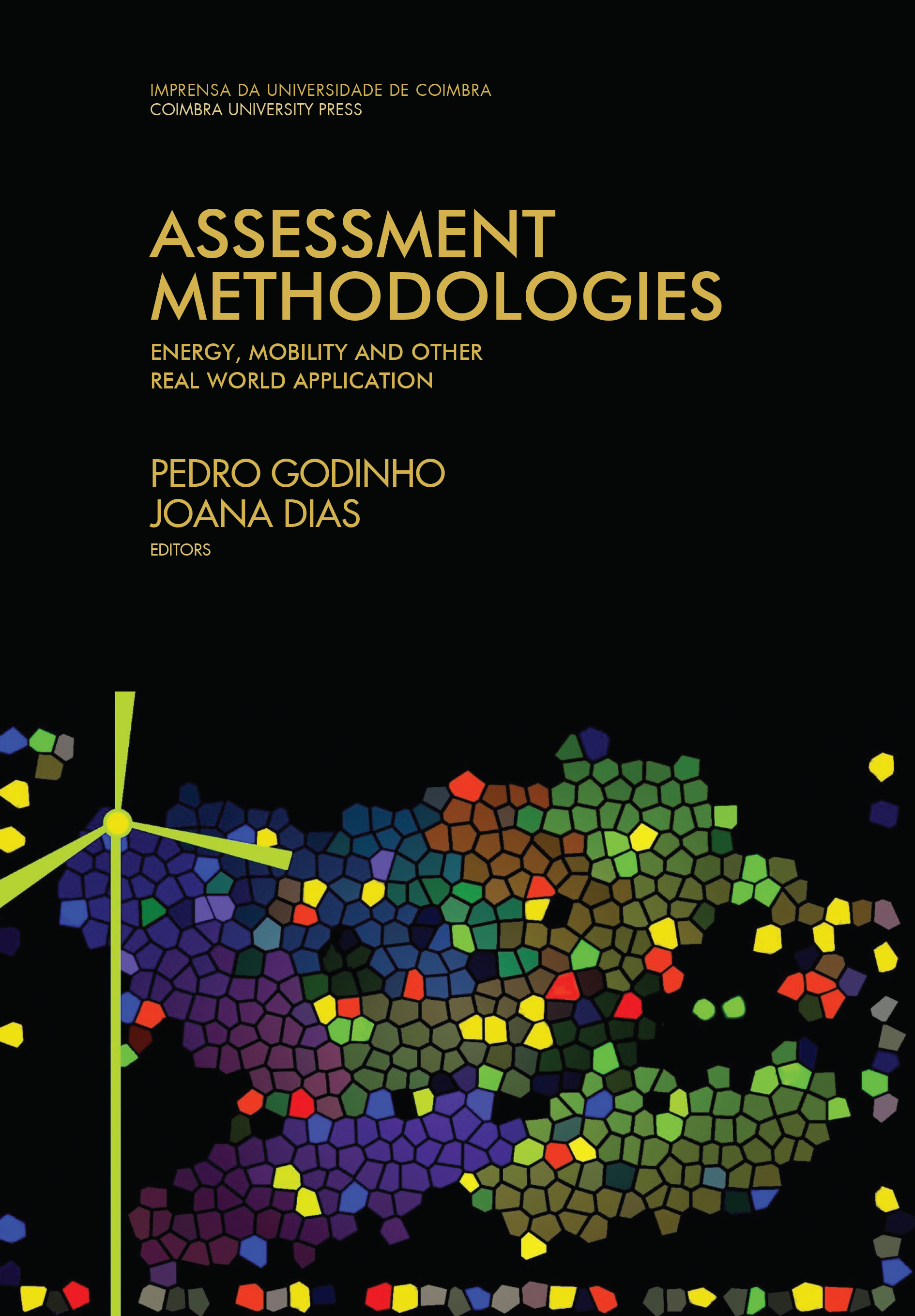Joana F. DouradoAna M. C. Bastos Silva
The accidents’ data in Portugal show an urgent need to improve the safety of vulnerable users in urban areas. In 2013 73% of the total pedestrians fatalities registered in urban areas occurred in local roads (ANSR, 2014). Many urban roads are multifunctional, used by vulnerable users and motorized traffic, which results in substantial differences in speed and degree of protection, producing a drastic asymmetry between the mobility of motor vehicles and the safety of vulnerable users. Traffic calming appears as a useful tool to mitigate this problem. In Portugal, recent legislation allows the implementation of urban traffic calming schemes particularly adapted for residential areas: 30 km/h zones and shared spaces (woonerf zones or home zones). With this in regard the existence of a minimum standardized methodology for the implementation of these schemes is essential to ensure an adequate selection of the urban area and a proper choice of the physical measures and road environmental changes to implement. “Before and after” studies are essential evaluation approaches of the transformed urban areas. Nevertheless, before the implementation of these schemes it would be helpful to have an idea on the impact of these measures without having to disturb the real system. Using microsimulation models it is possible to represent the reality with high detail, simulating the real network conditions and developing a perform analysis with computer representations.The feasibility and applicability of these concepts were tested in the development of a real case study, where changes were proposed to some areas of the neighbourhood Norton de Matos in Coimbra and a microsimulation model was built to evaluate the local and peripheral effects of such traffic calming schemes. A methodology for implementing such interventions in residential areas is presented. For that purpose a resident/ visitor survey was also elaborated. The results were particularly interesting. Population showed to be aware of the speed impacts and open to the implementation of such measures, defending the speed control and the safeguard of the pedestrians in residential areas. In a general analysis the evaluation of the results showed that the application of traffic calming measures would not generate a significant increase of the inter-zonal travel times, achieving however significant reductions in through traffic volumes and speeds within the study case area.
—
ISBN: 978-989-26-1038-2
eISBN: 978-989-26-1039-9
DOI: 10.14195/978-989-26-1039-9_6
Área: Ciências Sociais
Páginas: 131-149
Data: 2015
Keywords
—
Outros Capítulos (15)
Measuring technical efficiency of European Countries using data envelopment analysis
Clara Bento Vaz;Ângela Paula Ferreira
https://doi.org/10.14195/978-989-26-1039-9_1
Towards an auction system in the allocation of EU Emission Rights: its effect on firms’ stock market returns
Patrícia Pereira da Silva;Blanca Moreno;Ana Rosa Fonseca
https://doi.org/10.14195/978-989-26-1039-9_2
Explanatory variables on south-west spot electricity markets integration
Nuno Carvalho Figueiredo;Patrícia Pereira da Silva
https://doi.org/10.14195/978-989-26-1039-9_3
Energy efficiency governance in the Europe an Union Member States: analysis on current status
Guillermo Ivan Pereira;Patrícia Pereira da Silva
https://doi.org/10.14195/978-989-26-1039-9_4
Strategies for developing batteries for electric vehicles: a real options model
Joana Fialho;Pedro Godinho;João Paulo Costa
https://doi.org/10.14195/978-989-26-1039-9_5
Microsimulation for traffic calming schemes assessment: a case study
Joana F. Dourado;Ana M. C. Bastos Silva
https://doi.org/10.14195/978-989-26-1039-9_6
Reliability metrics for the evaluation of the schedule plan in public transportation
Jorge Freire de Sousa;João Mendes-Moreira;Luís Moreira-Matias;João Gama
https://doi.org/10.14195/978-989-26-1039-9_7
The impact of a crisis in a cost-benefit analysis: What has changed in the Douro Interior sub-concession economic evaluation?
Sandrina Filipe;Pedro Godinho;Joana Dias
https://doi.org/10.14195/978-989-26-1039-9_8
Preference based decisions in health
Patrícia Antunes;Pedro Lopes Ferreira;Lara Noronha Ferreira
https://doi.org/10.14195/978-989-26-1039-9_9
Assessing the effect of education on subjective well-being in Portugal: a study of mediating effects
Maria da Conceição Pereira;Daniel Martins
https://doi.org/10.14195/978-989-26-1039-9_10
Adaption of the profitability estimation focused on benefits due to personal affection
Stephan Printz;René Vossen;Sabina Jeschke
https://doi.org/10.14195/978-989-26-1039-9_11
A bi-regional (rectangular) Input-Output model for Portugal: centro and rest of the country
Pedro Ramos;Luís Cruz;Eduardo Barata;André Parreiral;João-Pedro Ferreira
https://doi.org/10.14195/978-989-26-1039-9_12
Effects of sectoral aggregation on an input-output table
Carmen Ramos
https://doi.org/10.14195/978-989-26-1039-9_13
Assessing the distribution and use of income and changes in income with social accounting matrices
Susana Santos
https://doi.org/10.14195/978-989-26-1039-9_14
Multi-criteria sustainability classification of dairy farms in a portuguese region
Sandra Silva;Luís Alçada-Almeida;Luís C. Dias
https://doi.org/10.14195/978-989-26-1039-9_15

